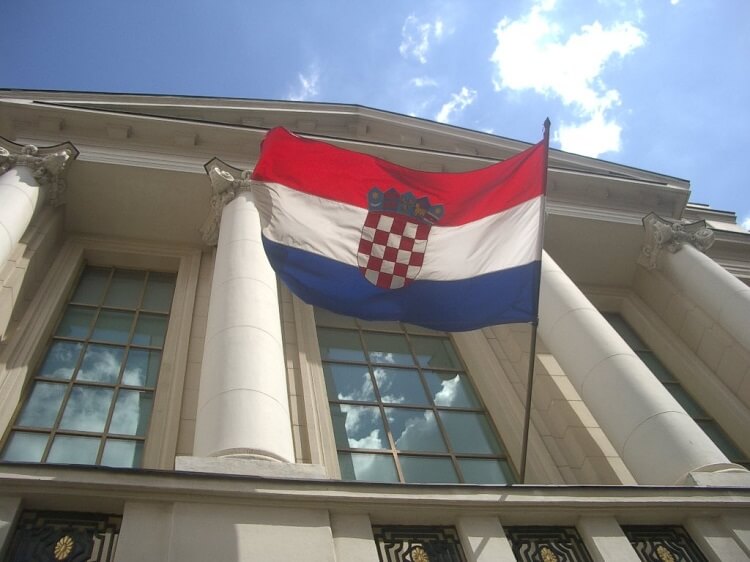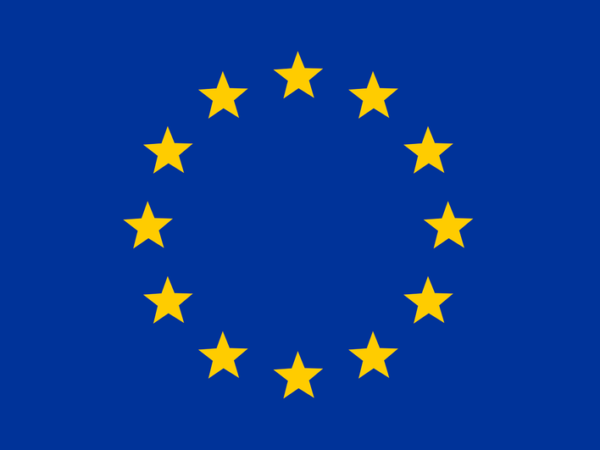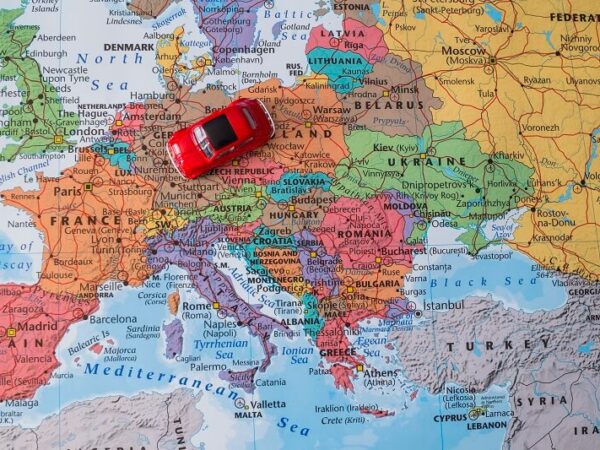According to a recent European Commission (EC) press release, Croatia has fulfilled the conditions required for the European Council to approve its application for membership of the Schengen area. In this month’s post, we examine how the former Yugoslavian country has met the membership requirements, what joining involves and why there are concerns about immigration.
Evaluation Process
The October 2019 press release discussed the measures implemented by Croatia to fulfil conditions for membership of the European visa-free travel area. Since 2016, the East European country had been working towards attaining the required standards, subject to monitoring and in-depth evaluation by EC officials.
During the past few years, Croatian officials had achieved a degree of success in its attempts to align the country’s immigration and other official policies with the necessary standards. Indeed, in his 2017 State of the Union Address to representatives from member countries of the EU, President Juncker expressed his unequivocal support for the Croatian application, subject to meeting specified conditions. He went on to describe lengthy evaluation, positive results and international cooperation, brought about by steady improvements in the country’s policies and controls.
Continued Effort
Although the Commission held the view that Croatia had now taken the necessary measures for full membership of the Schengen zone, EC officials emphasised the need for the nation’s officials to maintain their efforts. Implementing a series of specific and ongoing action points will be necessary to continue meeting membership conditions – particularly with regard to its external borders.
EC President Jean-Claude Juncker commended Croatia for the perseverance and effort it had put into meeting entry conditions. He highlighted the value of European unity and of strengthening the Schengen area. Mr Juncker trusted that in due course, other member states would facilitate the approval of Croatia’s request for full membership of the European visa-free zone.
Tangible Achievements
In another speech, Dimitris Avramopoulos, the EC Migration, Home Affairs and Citizenship Commissioner, saw the Schengen agreement as one of the most tangible achievements of the European Union. However, despite the greatness of the pact, its continued strength would depend on it remaining inclusive. He recognised the stringent measures necessary to become a full member as justifiable, and supported further fortification of the region’s external borders.
As well as external border management, membership stipulations for the Schengen Zone cover travel visa policy, firearms control, judicial cooperation and participation in the SIS (Schengen Information System). A 2011 Act of Accession covers their consistent, ongoing implementation. Additionally, countries must continue to fulfil any additional commitments agreed during negotiations.
Immigration Concerns
Currently, the Schengen area enables nationals of its member countries to enjoy free movement without border checks, or at least in theory. However, opponents of the expansionist proposal point to a series of crises in EU policy, particularly since 2014, when an influx of migrants received widespread media coverage and political attention. According to figures quoted by the European Parliament, the external borders of the Schengen Zone cover a perimeter of around 50,000 kilometres. Of this significant distance, Croatia itself has a total of 13,000 kilometres of border territory with non-EU countries.
In 2016, Donald Tusk described saving the Schengen agreement as a race against time. Since then, immigration has continued to dominate the political agenda, along with Brexit and – for many – an unsettling rise in national populism. In early 2019, French President Emmanuel Macron voiced his opinion that the Schengen agreement was no longer fit for purpose in dealing with mass influxes, such as from Bosnia. In suggesting the zone did not work anymore, Mr Macron labelled the topic as the second great European struggle after climate change, before advocating a more focussed and centralised area of fewer member states.
Indeed, leaders of other countries in the zone would first have to agree to Croatia’s request. As well as the approval of existing members, the European Council will make the final decision, in consultation with the European Parliament.
Likely Effects of Croatian Membership of the Schengen Zone
If the east European nation becomes the latest new member of the zone, it is likely to receive a corresponding boost to its tourism income; decades ago, holidaymakers held its picture-postcard coastline in high regard. Tellingly, the proposed addition would be the first since Switzerland joined in 2008.
The Schengen Zone currently has 28 member states and four non-EU members: Norway, Iceland, Liechtenstein and Switzerland. Although Croatia joined the EU in 2013, it is one of six members not in Schengen, alongside the UK, Ireland, Bulgaria, Romania and Cyprus.
Finally, despite the Schengen principles, some six of its member countries (Austria, Denmark, France, Germany, Norway and Sweden) now apply border controls to some extent. As a spokesperson for the Centre for European Policy Studies highlighted, entry checks exist at the border between France and Spain. Unsurprisingly, perhaps, a report into Schengen dysfunction concluded that the lack of an equitable and effective asylum policy was one of the factors causing difficulties throughout the zone.




